![Colobus monkeysCo]() Colobus monkeys
Colobus monkeys![Maundi Crater]() Maundi Crater
Maundi CraterBasically, it was assigned to me. I had only 5 days in Africa (yes, a crazy trip coming from US, 10 hrs time change, and no time to relax, but that how I learned to function over the years living in US. We have short holidays here, and work too much).
Marangu is the only route you are allowed to do in 5 days. For all other routes: Machame, Rongai, and Lemosho to mention a few popular ones, you need at least 6 days. Extension is possible on Marangu up to 6 days, and I would highly recommend this for unacclimatized people and those living at a low elevation. 7 days are hard to get since the hut accommodation has a limited space, especially during the busy dry season all spaces may be occupied. Extensions with the other routes are much easier, there is plenty of space to pitch an extra tent. You have to pay more money if you decide to have more days on the mountain.
I have to say the route was better than expected: the various zones you ascend through, the temperatures starting in a hot and humid climate with afternoon rains (I went still during a rain season) and moving pretty fast into a dry high altitude desert like environment until reaching nearly arctic conditions above 5500 meters with cold winds.
Marangu is also called Coca Cola route and in the past it was possible to buy cokes in the huts. This is no longer possible and you will not see anyone drinking coke on your tour. You can buy one at the gate and that is it. The rest of the trip enjoy boiling water.
Organization
![Kilimanjaro from Moshi]() Kilimanjaro from Moshi
Kilimanjaro from Moshi![Porters]() Porters
PortersI chose an african based company
Zara Tours since it was recommended by a colleague who used them for a bird watching trip and the company was also mentioned in
7 summit book about Kilimanjaro.
I thought the trip was well organized, they picked me at the airport and had a large sign with my name ready, impossible to miss. They took me to a guarded Springlands Hotel in Moshi owned by the company, fed me lots of food, and took me up and down the mountain, and delivered me back to the airport.
Guide and my support team: guiding up Kili is a big and growing business in Moshi, and there is lots of competition. I am not sure how well, or better unwell salary they get, but my guide mentioned that if I complain about him, he may be 3 months without guiding, or loose his job. When I inquired how often he goes up the mountain, he said 2x per month, but he wishes to go more, 3x sounded ideal to him. Regarding porters - those are on the bottom of your team and get paid the least amount. If a porter complains, he gets fired, and there are tons of people in Moshi competing for the job. Most porters do not speak English and you may not even see them much. They use initially a different trail (on Marangu), and they move fast with the goal to arrive to the camp before you, so your food and comfort can be arranged as soon as you get there. The cook is the 2nd highest paid member of your team per report and the waiter is in the middle. The job of my waiter was to bring me warm water in the morning with a soap and after the trek in the afternoon. He also served me a breakfast and dinner on a clean tablecloth and brought me morning tea and boiled water whenever I asked. He was the 2nd man I encountered the most on my trip, and he spoke some English. I have to admit it took me 2 days to realize who belongs to my group, and how many people they actually assigned to me. Do not expect saving money and negotiating a smaller team. I have originally expected a couple men, guide and cook/porter. Nobody asked me regarding what I want and how much I am willing to carry. Some climbers did not carry anything. I tried to load at least 10 kg on my back. It feels naked to me to hike without any load. Some groups had even more team members. Elsie from Nairobi had 8 people for her single woman operation.
It is good to memorize the names of your team members, or their nicknames, e.g. one of my porters was Gideon, but they called him “babu”, which means grandpa in swahili. So, I called him “babu” although he was younger than me. Most names were biblical at least for my team: Gabriel, Gideon, Daniel, for other names are created mnemonics: Faustine - I recalled Goethe, Faust and then a little ending.
Huts
![Horombo Hut]() Horombo Hut
Horombo Hut![Kibo Hut]() Kibo Hut
Kibo Hut
The huts are spaced about 1000 meters apart in elevation and surprisingly clean. Mandara Hut (altitude 2700 meters) sleeps 4 people, tourists are separated from locals. There is a large hut where you eat your food and hang out with other climbers. Huts have simple bed with a mattress and pillow. You lock everything every time you leave your hut and the problem is there is only one key. Remember who has the key. Horombo Huts (elevation 3700 meters) are in a similar style as Mandara, sleeping 4 people, and have the best toilet facility on the mountain, including sit down flushing toilet! The bathroom facilities were very clean and definitively a luxury especially if one compares those with a House of Terror and House of Horror on Mt. Elbrus. The last hut Kibo (elevation 4700 meters) was less inviting and very cold. I arrived there first and got the huge room first by myself, eventually more and more climbers arrived. They put us all in room #1 saying that we will be more warm if we all sleep together. Sleep up there at that elevation is not that good especially with the fast ascent (you get there on the day 3 of your trek).
Food
![Cooking quarters]() Cooking quarters
Cooking quarters![Coca cola route]() Coca cola route
Coca cola routeThere is way too much food and expect to gain weight on Kilimanjaro. I watched the cooks preparing meals and despite the conditions I never felt even slightly sick. I chose a vegetarian option, which was a hard concept for them. The guide asked whether chicken is ok. I said small pieces are fine trying to be accommodating, and the first dinner was fried tough beef. There was plenty of fresh and good tasting fruit, rice, fried potatoes and really yummy veggie soups. The typical breakfast included porridge, eggs, sausage, bread, french toast. The lunch was prepared every day - typically a chicken leg, bread, something sweet and couple of pieces of fruit (small banana and citrus fruits). There was a small box of juice as well. I believe that only the client and the guide get the lunch and porters eat ugali when they arrive to the camp. They welcomed any food I passed onto them especially chocolates. Once you arrive to the hut, there was a tea time with pop corn and peanuts and after a short rest there was a dinner: starting with soup and bread, then main meal with meat, rice and fruit. Expect lots of food, don’t force yourself to eat it all, it does not get wasted. What you don’t finish, the porters and cooks do. They hang out in their quarters in the evenings and mix all food together and they cook their
ugali, which sounded like a local dish made of maze. I never tasted ugali and when asked about trying it, they told me I would get diarrhea.
Regarding water: they always brought me plenty of boiled water, and I never used water purification tablets. It is good to have some electrolytes with you, you do sweat on your trek and it adds a flavor to your drink. In the past you had an option to buy mineral water, coca cola, and beer in the huts, this is no longer possible. I was told that porters and guides got drank and lost interest in guiding.
All companies were offering similar meals.
What to bring?
I will not be providing a list of what to bring. You find tons of information on-line and your tour company will provide you with one as well. However, I would like to mention footwear - I was thinking about this one a lot. I am used to for nearly 6000 meter peaks to have real mountaineering boots, but those would be too heavy for here, right? So, I opted out for kind of heavier hiking boots ASOLO and hiked the whole trip in those. I would recommend to hike initially just in comfortable light weight shoes, even running shoes (porters can carry your heavier boots up to Kibo). It would definitively make my feet happier.
I brought gaiters, but did not use those. Headlamp is a must, but could be rented if you don't have one. Trekking poles are useful. And remember pain killers - most people get a headache and I dispensed all my ibuprofens and tylenols with codeine. Warm gloves with liners and hand warmers are a must. I was really cold on my fingers.
Acute Mountain Sickness
![Descent from Kili]() Descent from Kili
Descent from Kili![Jumping on the top of Africa]() Jumping on the top of Africa
Jumping on the top of AfricaKilimanjaro is known as a dangerous mountain in regards to AMS. It appears accessible to anyone and the ascent is fast. Remember Pole - Pole from the start. Pole means slow in swahili. Even if you feel good, do not rush, plan it like a marathon racer, stronger finish is more important. Your fee to climb the mountain also covers the rescue, but that takes a long time = african time. I have witnessed two rescue operations and was surprised that 5 hrs later the sick climbers were still laying unattended and waiting for the descent. If you are really sick, they can call a helicopter from Nairobi, but for this you have to pay cash. The rescue covered is a small cart, appearing very uncomfortable, taking you down to Horombo Hut, and from Horombo Hut you can be rescued by a car. I carried with me dexamethasone and Diamox and dispensed it to sick climbers descending down. Headache and poor sleep is expected, but if you have troubles breathing, headache does not improve with pain killers, vomiting, and severe fatigue, you have to get down as fast as possible. I think it is worth while to ascend Marangu in 6 days. You will enjoy the summit more. I went fast, but also I live at 2000 meters and weekly ascend to 4000 meters. I can't imagine coming from a low elevation and running up the mountain just in 5 days. My guide told me that the success rate on Marangu is only 72%.
Language
Tanzania is a multilingual country with over 120 languages. The official language is Swahili, many people speak some English, especially if working with tourists. My guide spoke a pretty good english, but philosophical debates would be hard and certain questions he did not understand. It is good to learn a few words in swahili. It receives appreciation from the locals. Watching the Disney movie Lion King could be your first lesson in Swahili. Hakuna Matata - no worries is used often, Simba means lion although there are no Simbas on the trail. Jambo is the general greeting used often by passing porters, sometimes they add Jambo Mzungu, with mzungu meaning white people. I always find it helpful to learn basic words like thank you and you are welcome wherever I travel. Tiny effort from our side can bring a smile and appreciation.
| English | Swahili |
| hello | jambo |
| thank you | asante |
| thank you very much | asante sana |
| you are welcome | karibu |
| no problem | hakuna matata |
| slowly | pole |
| quickly | haraka |
| journey | safari |
| tea | chai |
And finally tipping
![Porter and Mawenzi]() Porter and Mawenzi
Porter and MawenziTipping is expected and my company’s website even mentioned the sum, suggesting that each climber should pay like 250 to 300$ in tips. I thought it is a lot of money, but ended up giving them even more, which I believe in retrospect was a mistake. I inquired initially in the hotel and they said do not tip on the mountain, leave your money in the hotel, take just a small cash with you. My guide after finding out I am a doctor started quite rudely per western society standards that I should give them 1000 $. When I said, don’t you think it is too much, he said he was joking. Tanzania is poor, they do not have much money, but even after giving them a large baksheesh I did not receive thanks, or a welcome. Most of them got drank and were supposedly still drinking 24 hrs later as I found out from my guide who send me a message after my departure. What a waste of money! I was hoping to help.
I also took the whole team out for a dinner, and experienced one the most uncomfortable dining experiences in my life. First, most tourists to not venture out in the town of Moshi during the dark hours by themselves, especially a single white woman. Second, the invitees were already drinking for several hours, and the cook wanted more money and was complaining about something mostly in swahili and appeared very unhappy. Anyway, another experience I don’t want to repeat, and luckily ended up safe in the hotel after taking an interesting taxi scooter back.
The other climbers I met on the trip were thinking a lot lower sums than suggested on my company's website, one climber said he had no money for a tip and the trip was already quiet expensive for him.
Thoughts afterwards: poverty is hard on human’s mind and it turns many of us into beasts. How lucky we are that we don’t have to experience it. And perhaps the mentality did not change that much since the time of novelist Henryk Sienkiewicz, whom I read as a child. In his book In Desert and Wilderness he wrote about a white teenager who tries to explain Christianity - think era late 1800s and subsaharan location. What is a sin? The black man answers if someone steals my cow. What is a good deed? If I steal a cow. So, perhaps getting lots of money from a white woman is their win. Rip offs are part of their culture.


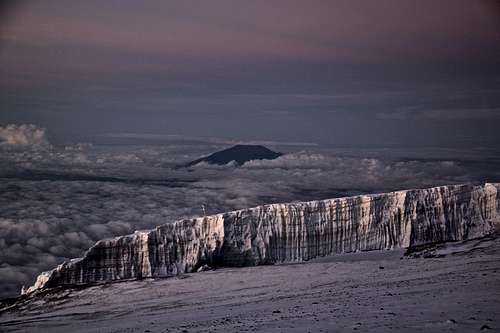
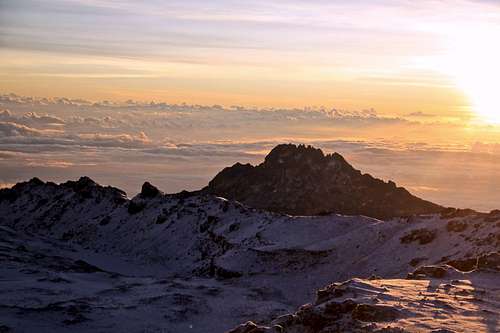

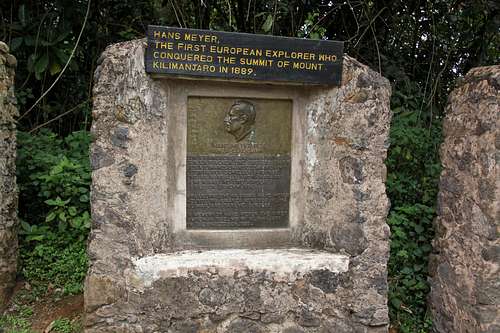
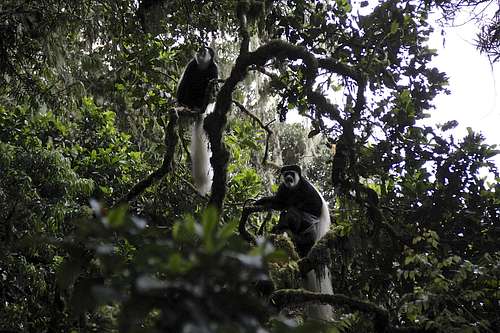
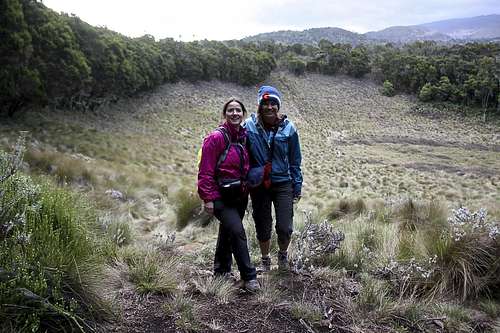
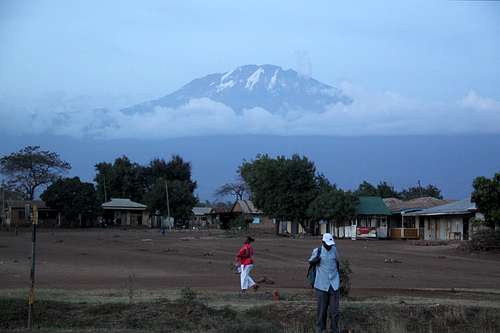
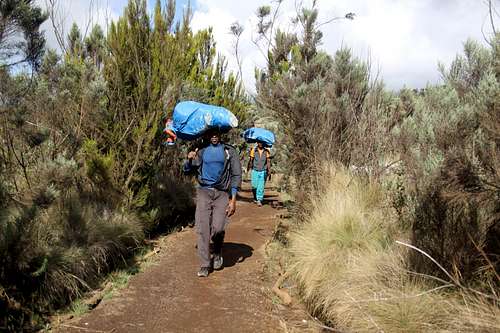
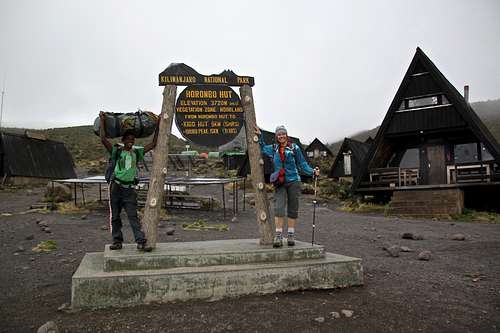
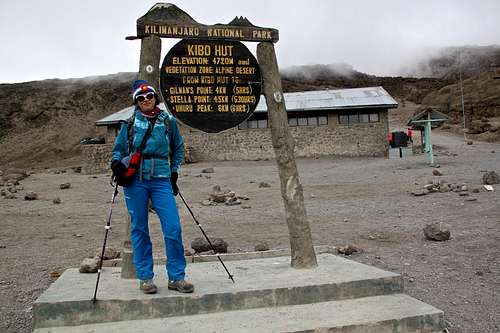
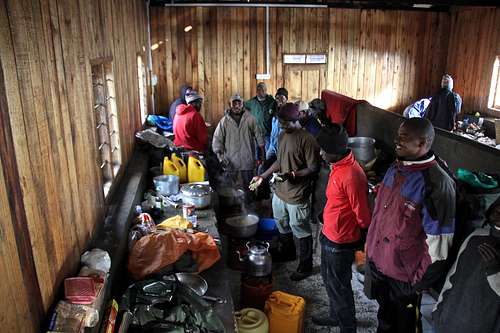

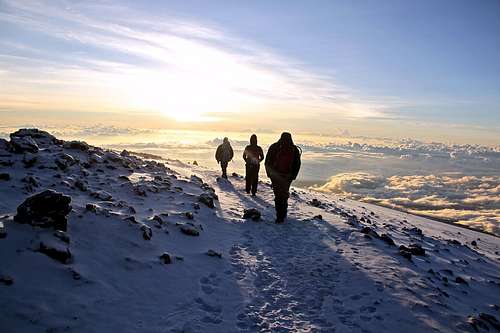
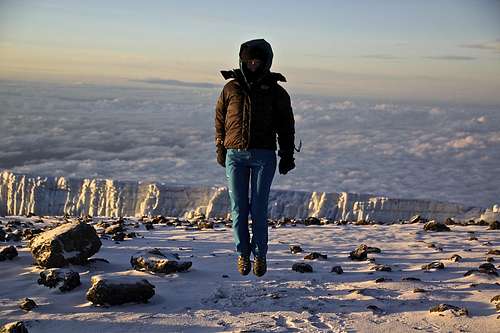
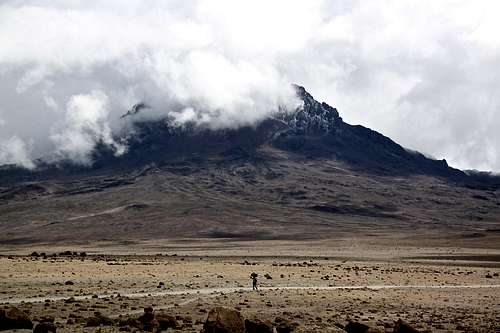






Comments
Post a Comment